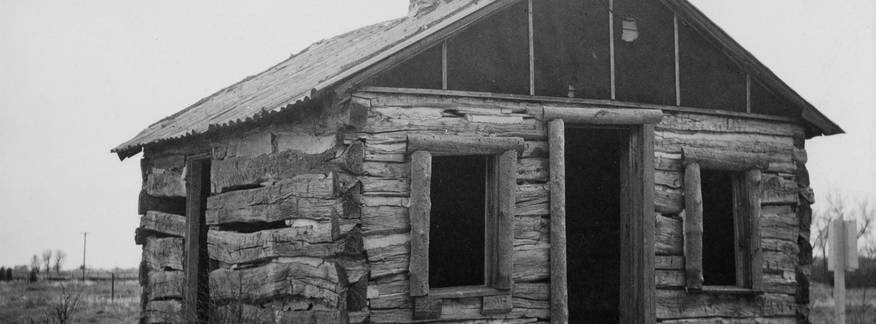Westward Expansion Tour Route
100
The Trappers Trail
101
The Goodnight-Loving Trail
102
Chuckwagon
103
Overland Forge
104
Monfort House
105
Stagecoach
116
Windmill
117
Ditch No. 3
107
The Cherokee Trail
108
Settler's Camp
109
Buffalo Joe Filer's Shack
110
Granary
111
Rattlesnake Kate's House
112
Silo
113
Timberwork
114
Weld County Courthouse
115
